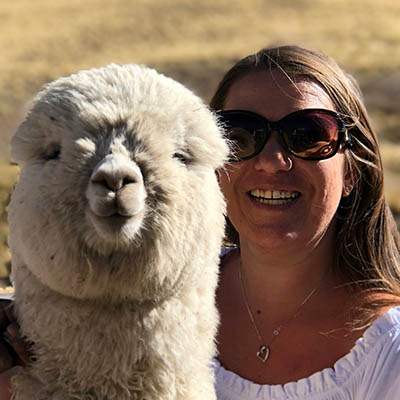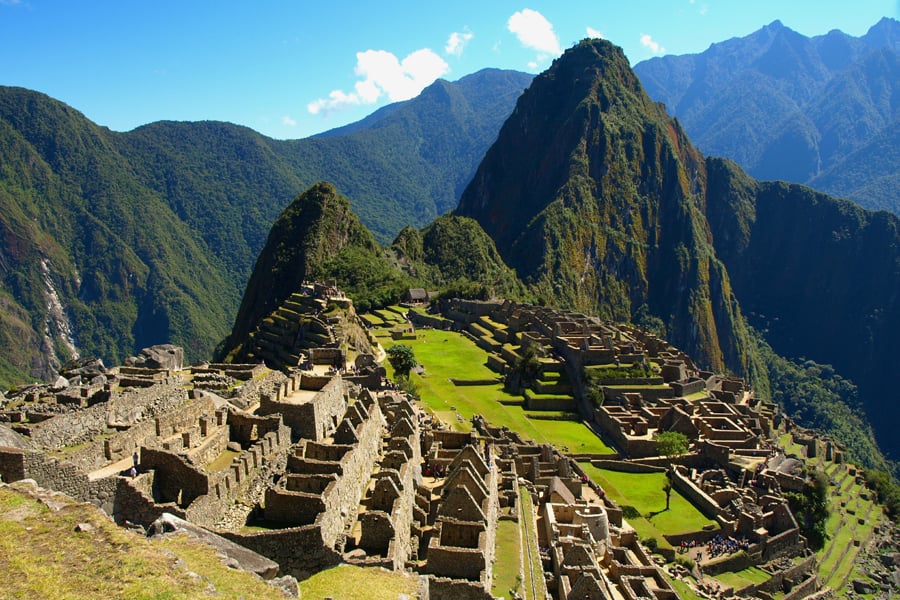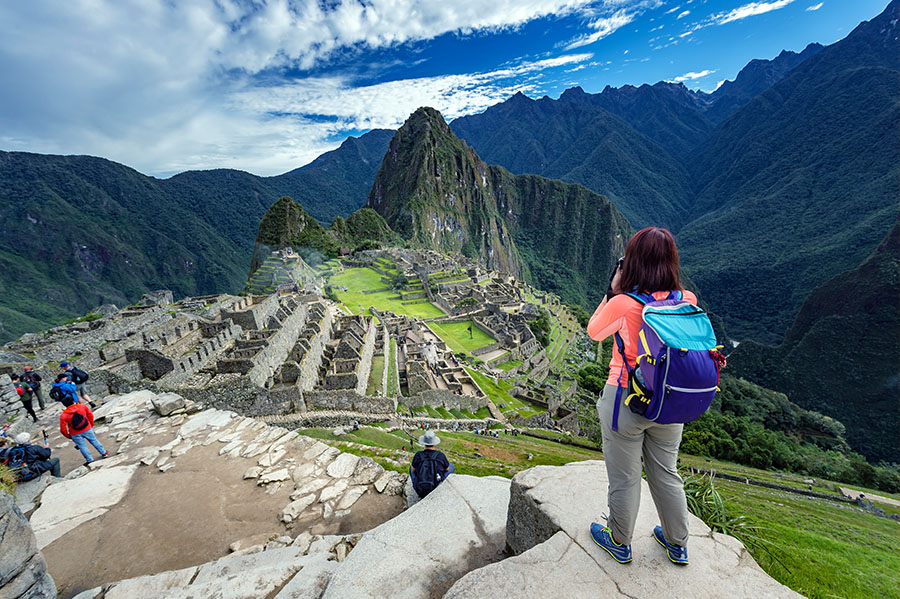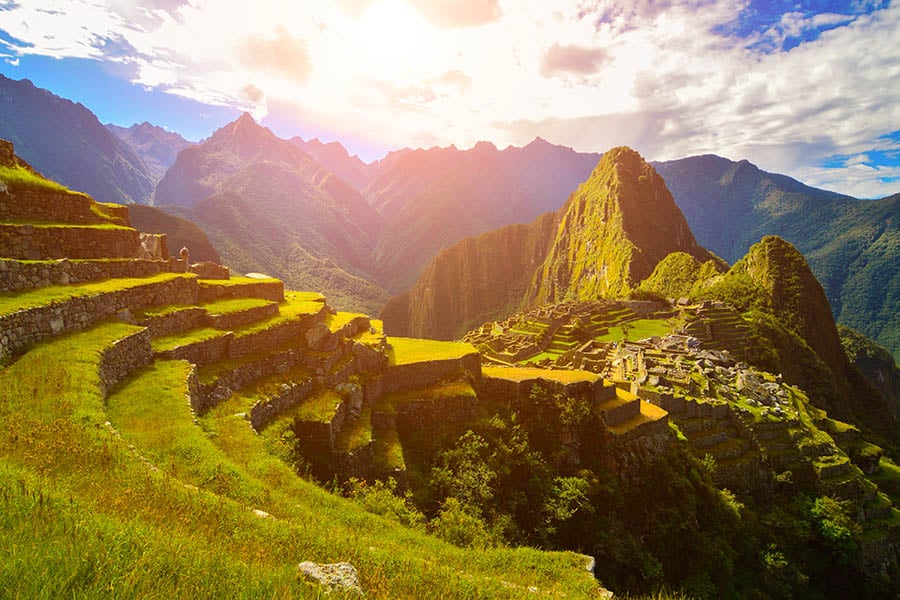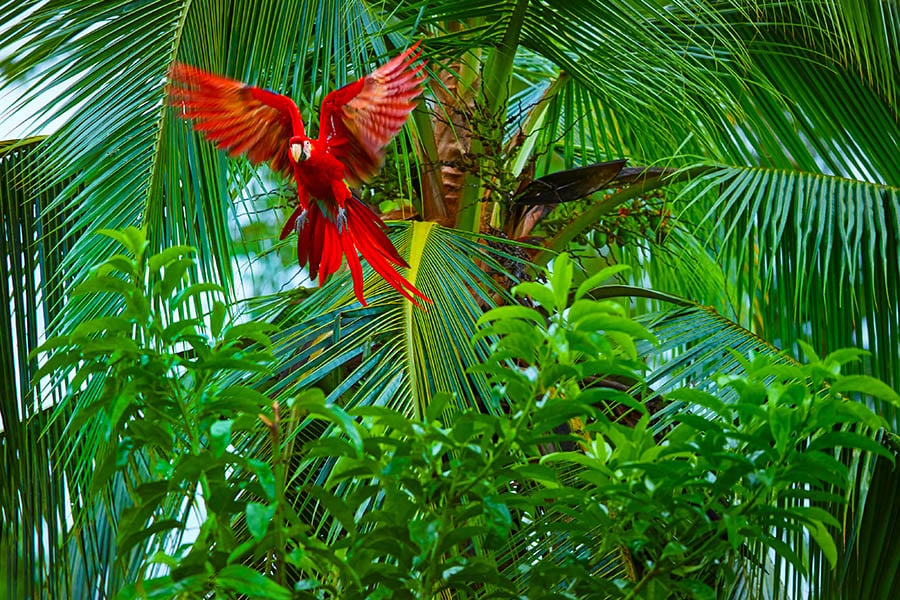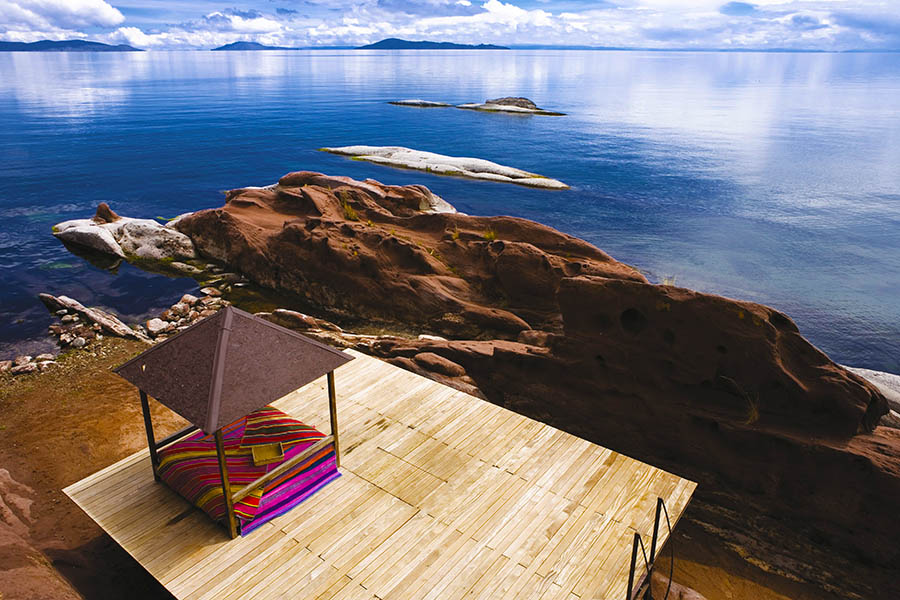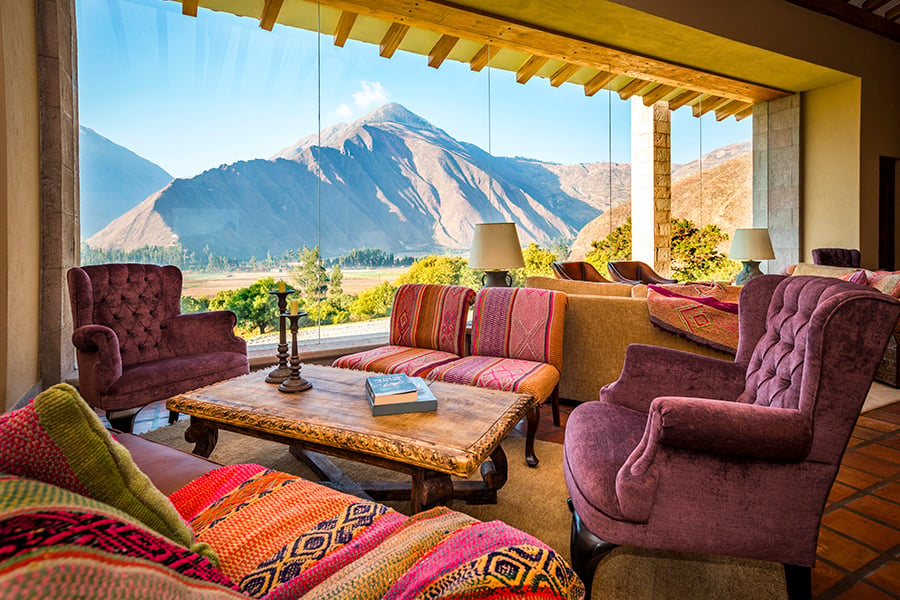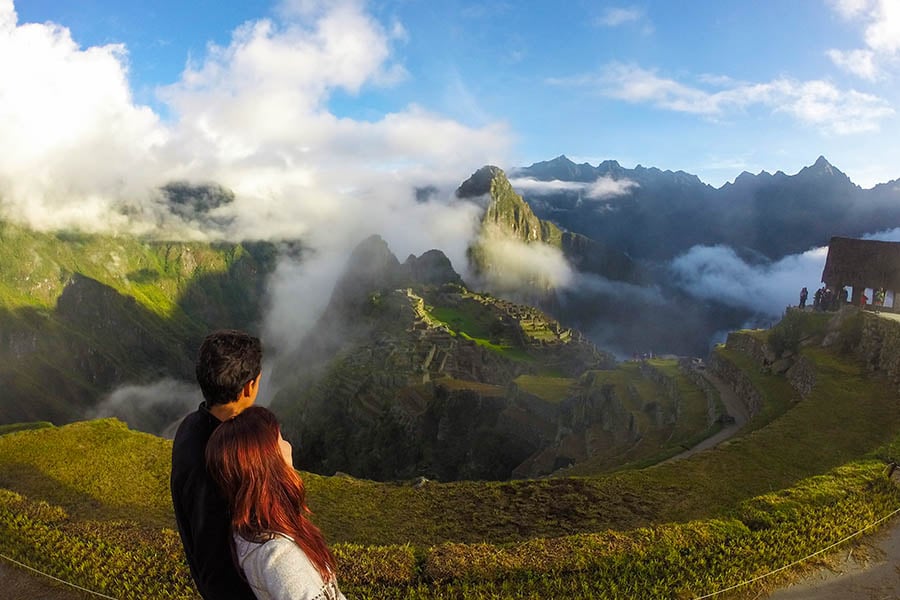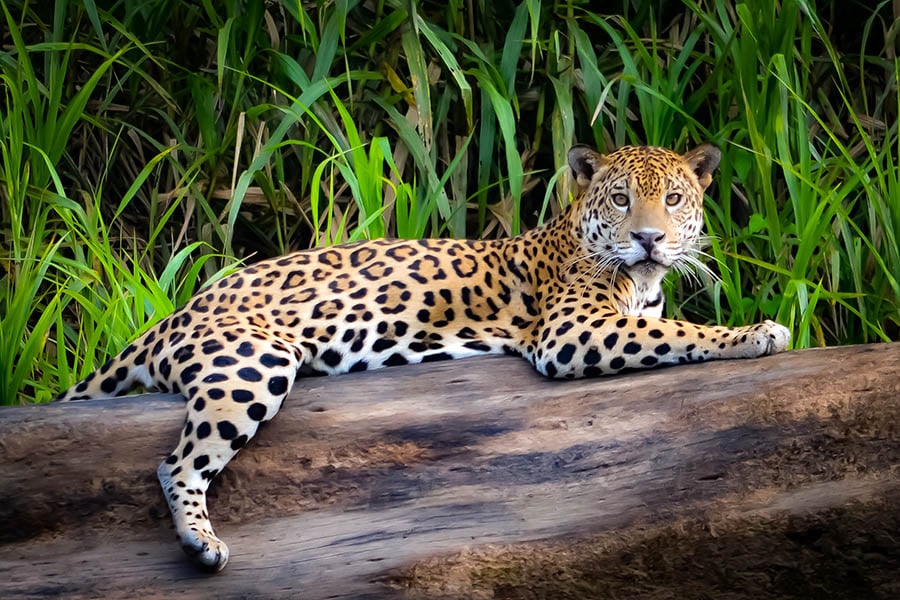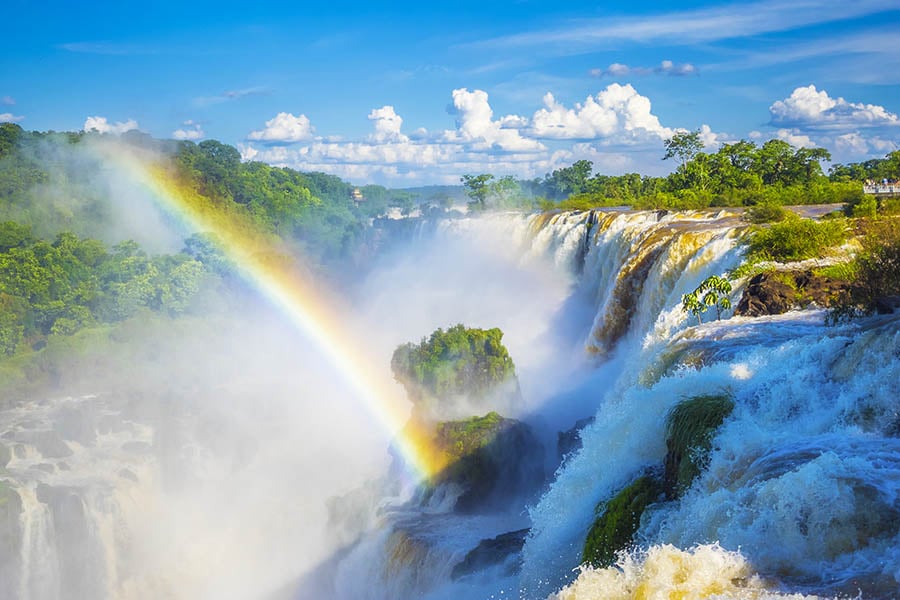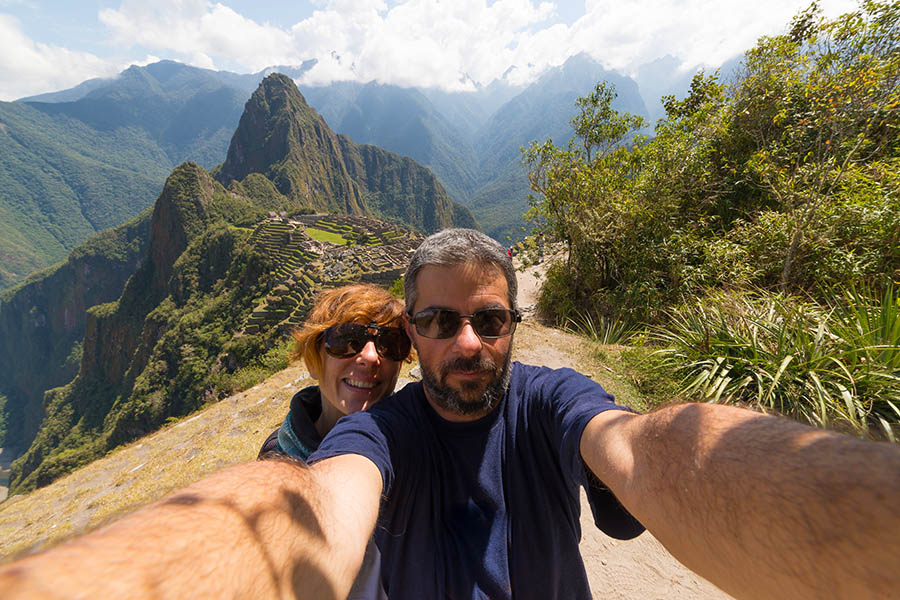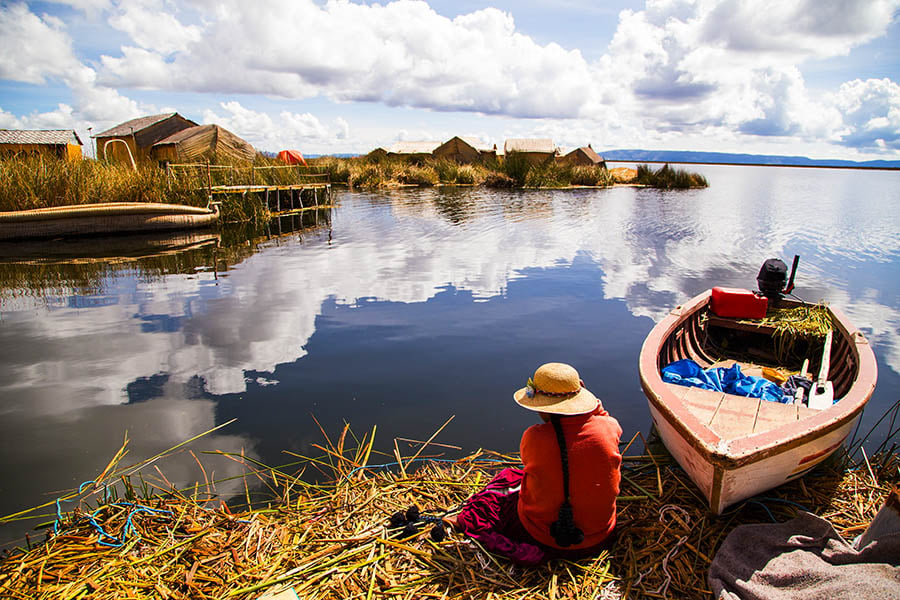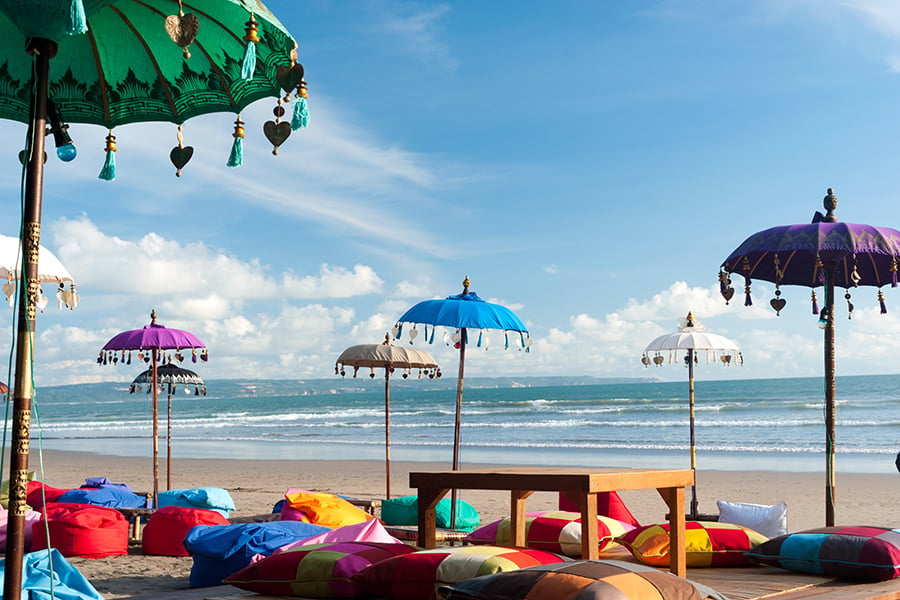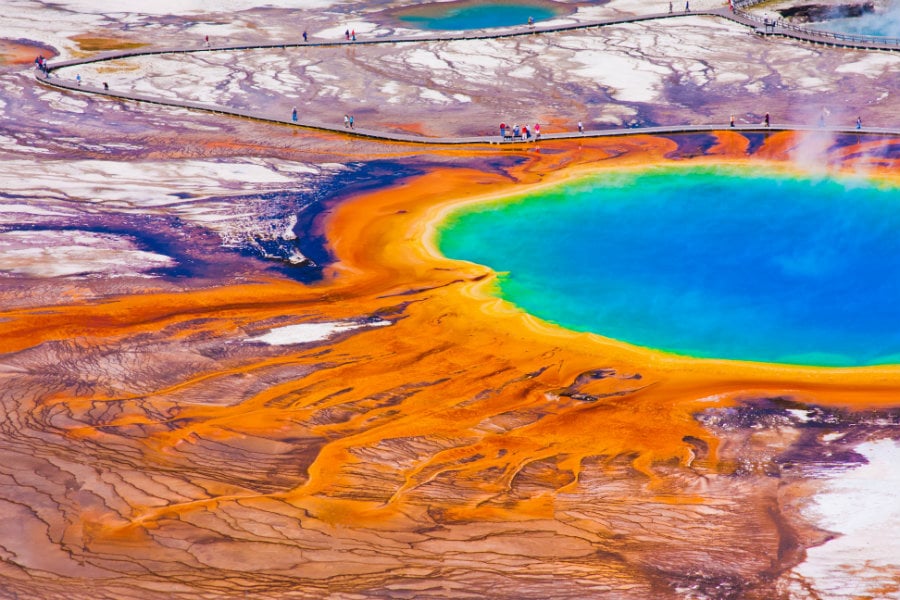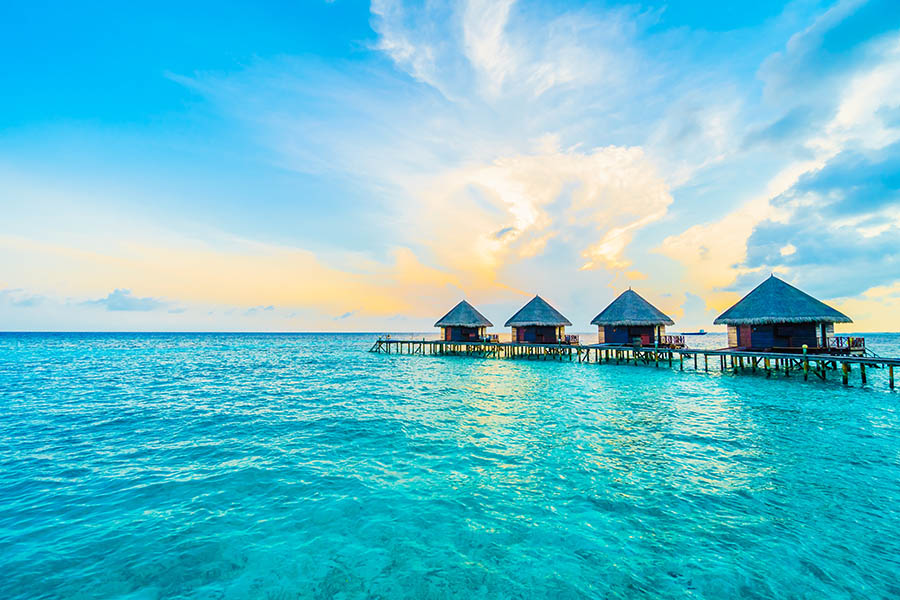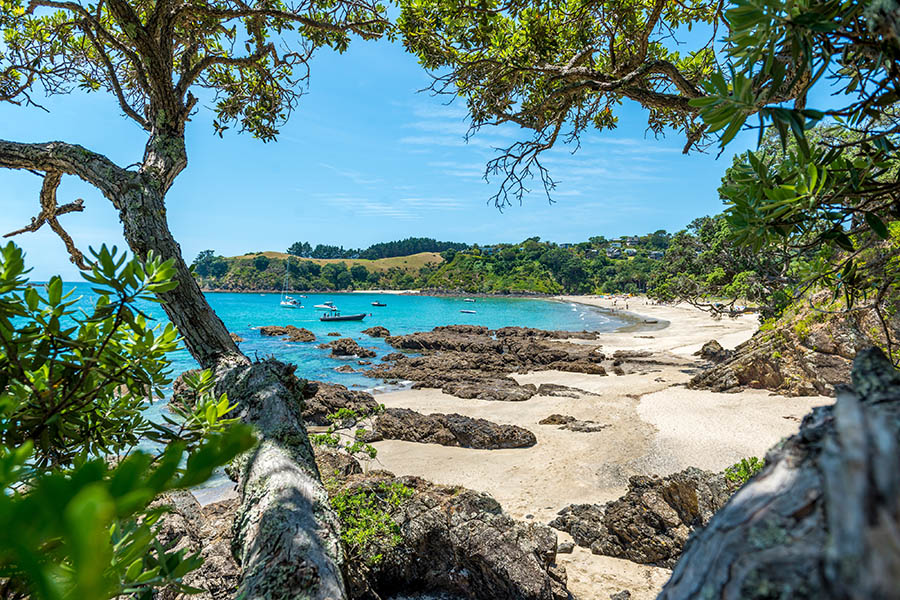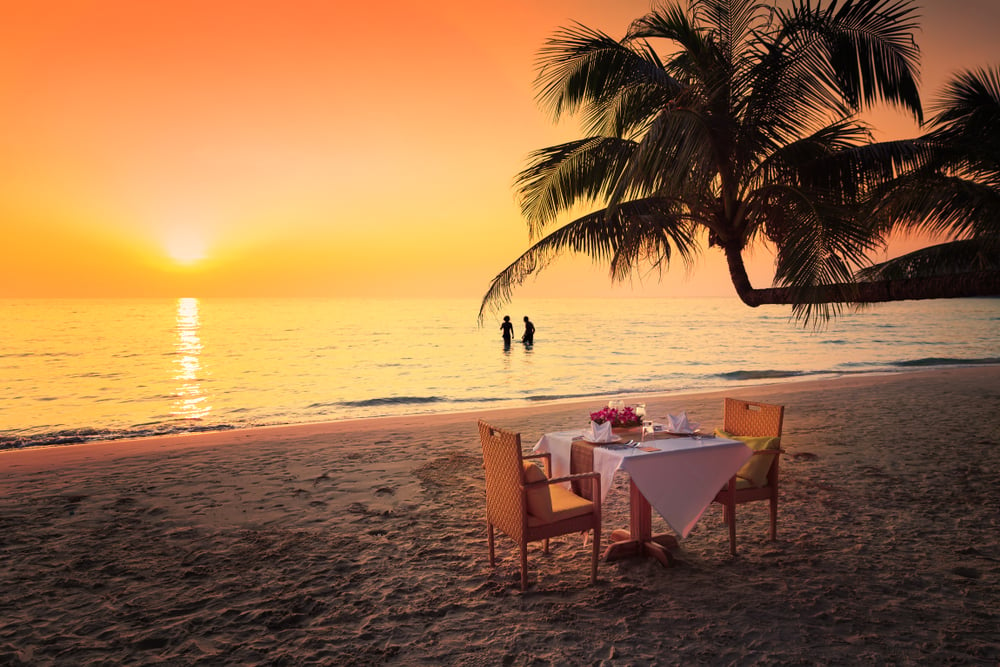Peru highlights: 4 must-see places for your trip
Exploring Peru’s Inca past and visiting Machu Picchu are twin experiences that pop up frequently on peoples’ travel wish lists. When I decided to visit for myself, I expected something amazing but was unprepared for the reality of experiencing all this first hand, which was even better!
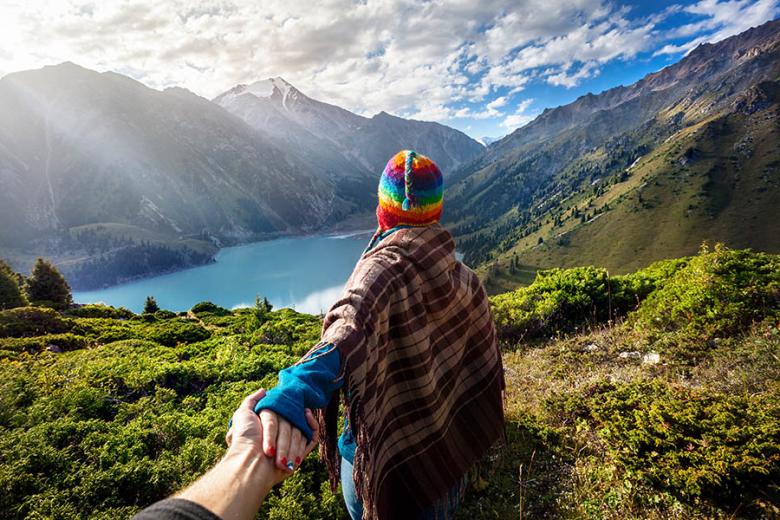
First I planned to visit colonial Cusco with its Inca archaeological sites, then the Sacred Valley of the Incas and spectacular Machu Picchu – and finally, I would head to Puno for Lake Titicaca. I travelled in September which the best time to visit Peru, during the dry season - the weather was perfect and we were fortunate to have incredibly clear views for our visit to Machu Picchu.
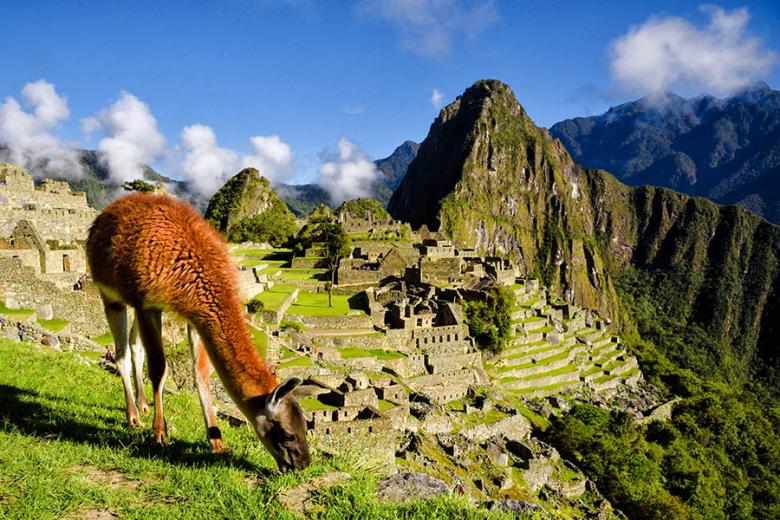
Getting to Cusco from the UK
I flew direct from London Heathrow to Bogota in Colombia with Avianca, then connected on to Cusco. Bogota is a handy gateway for travelling around South America and Avianca operate the new Dreamliner aircraft on the trans-Atlantic route. Amongst other benefits like seat-back TV and USB charging, the Dreamliner is designed to reduce the effects of jet lag – and for me, it certainly worked; I arrived feeling fairly perky and ready to go!
Connecting to Cusco via Bogota saves you routing via busy Lima airport, plus the London flight is overnight so you arrive in Cusco late morning and you’ll waste no time before starting your sightseeing.
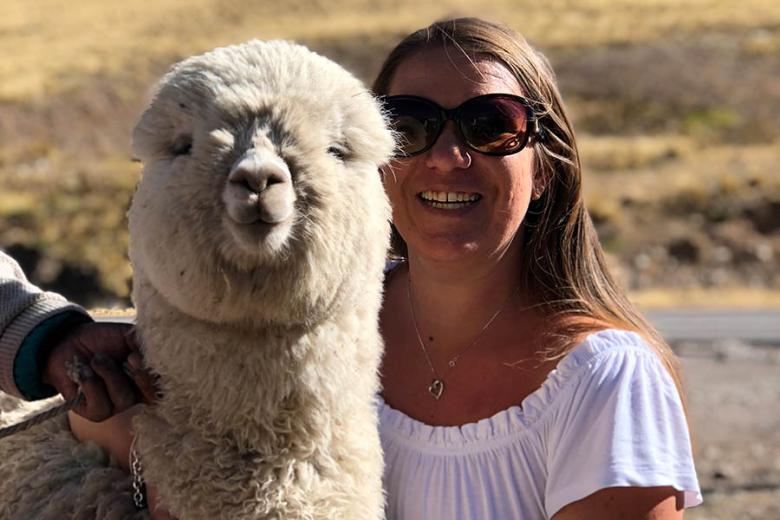
1. Cusco
The city of Cusco is at 3400m above sea level, and you’ll notice the altitude as soon as you step out of the airport. We were greeted with a nice cup of Coca tea which local people use to help ease altitude sickness. For most itineraries, I would recommend having two nights in Cusco to acclimatise properly, but if like me you’re short on time – just take it easy, don’t rush around and drink plenty of Coca tea!
Things to do in Cusco
The best way to see the city is on our half-day city tour, as you’ll visit the main sights including the Sacsayhuaman archaeological site and the main square. My favourite spot was the main square which is surrounded by plenty of little restaurants - it’s the perfect spot to sit with a coffee and watch all the locals go about their business.
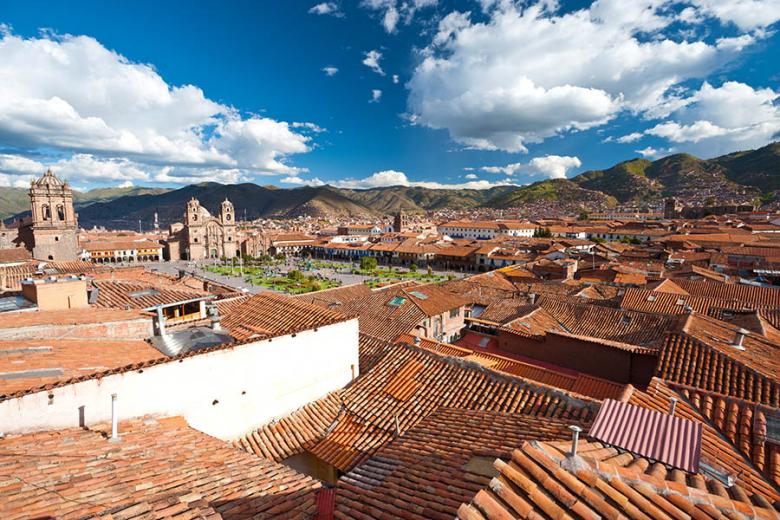
If you’re looking for a really special hotel choice in Cusco, I recommend the Belmond Palacio Nazarenas. What better way to start your trip than staying in a wonderful, historic convent dating back to the end of the 17th Century? You can choose one of their 55 suites which come with a butler and a complimentary bottle of Pisco - Peru’s signature brandy.
2. Sacred Valley
My next trip was to the Sacred Valley, a scenic, 2-hour drive from Cusco, with impressive views of the Andes throughout the journey. On the way, you’ll stop off at a few important archaeological sites, the Maras salt mine (with its pink salt) and at Chicchero, which is famous for its traditional weaving techniques.
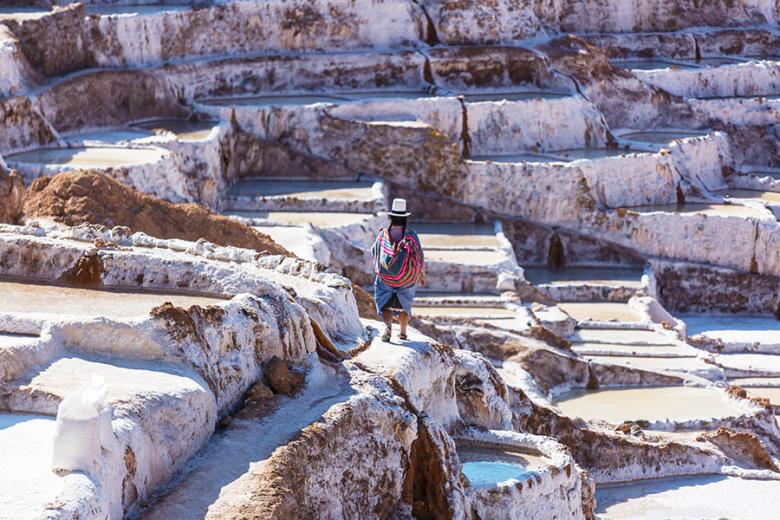
Things to see in the Sacred Valley
Once you reach the Sacred Valley, I recommend visiting the Inca town of Ollantaytambo. You can see the ruins of the old fortress and have a wander through the ancient stone streets built by the Incas. If you have time, I also recommend a visit to the indigenous Huilloc community where you can get a real insight into their traditions and way of life – it’s a fascinating way to spend your afternoon and we’ve included it in this Peru for kids trip idea.
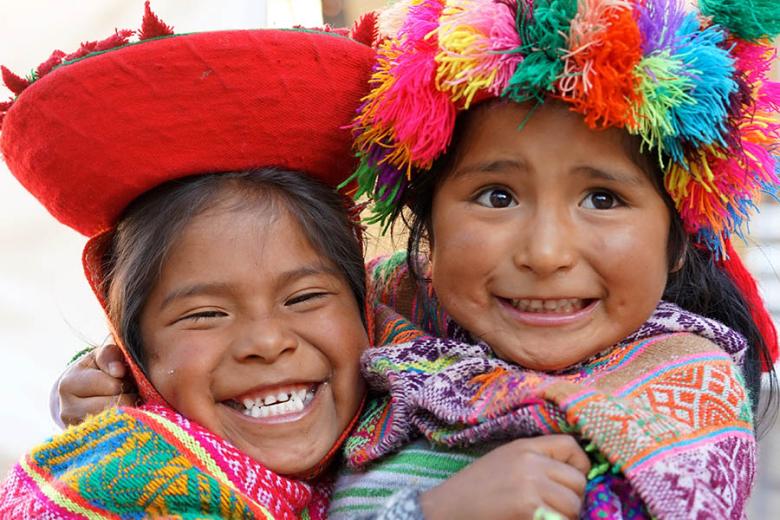
If you’re on route to Machu Picchu, I recommend staying in Urubamba in the Sacred Valley before your visit and the luxury Relais & Chateau Sol y Luna Hotel offers something a little different. This unique property has 43 individual ‘casitas’ scattered around the grounds, so if you’re looking for an intimate getaway this could be the place. I can recommend trying the traditional Peruvian buffet lunch and watching their famous horse show during your stay.
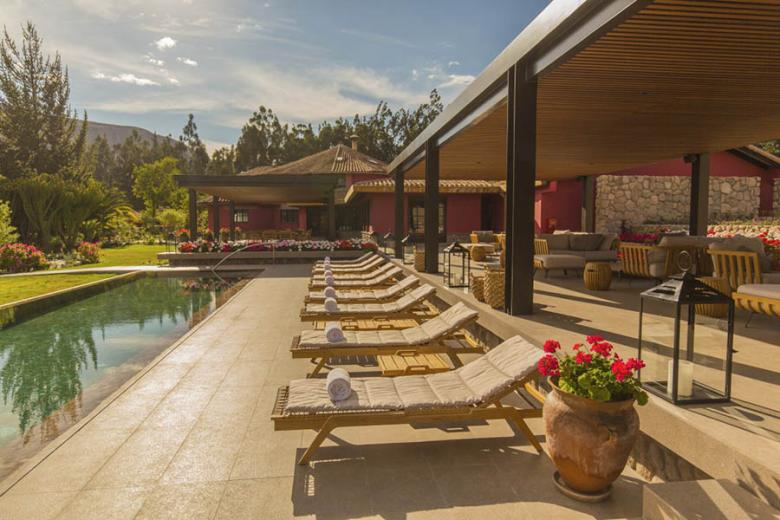
3. Machu Picchu
There are a few options for getting to the Incan ruins of Machu Picchu, and I can recommend both of train operators that run between Ollantaytambo and Aguas Calientes (the gateway to Machu Picchu, also called Machu Picchu Puebla). I took the Inca Rail there and travelled back on Peru Rail’s Sacred Valley train.
Inca Rail’s panoramic train
I travelled from Ollantaytambo on the Incarail 360 train which was an amazing 2-hour journey. You’ll have amazing views and see the scenery change from Andean peaks to rainforest as you approach Aguas Calientes. Part of this train is an open-air observation carriage, giving you uninterrupted views of the landscapes.
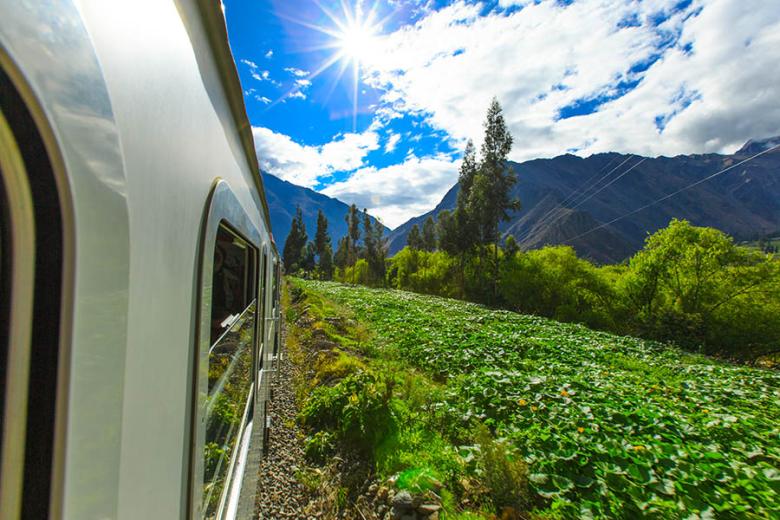
Aguas Calientes
Once you reach Aguas Calientes, it’s a 25-minute, winding bus journey up to the entrance. With every turn and as you ascend, you’ll gradually get to glimpse of Machu Picchu itself. It is worth remembering that there are restrictions on entrance and two slots are available each day, morning and afternoon. Permits must be booked several months in advance, and all of our tours include your permit and entrance fee.
The anticipation of what is to come is nothing compared to the feeling once you catch sight of the ruins. I was left completely speechless once I’d positioned myself and taken “that photo” with Machu Picchu behind me – the pictures don’t do the view justice!
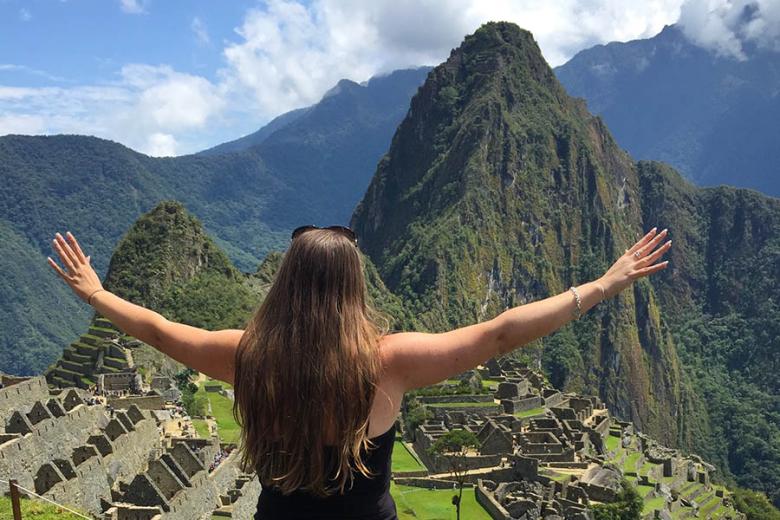
Even though it’s quite busy, the city feels so quiet and peaceful. I recommend spending some time to wander around, or sit and admire the beauty of Machu Picchu. I was very lucky to have a beautiful clear day and spectacular views; I do know that some people are less fortunate and see a lot of mist!
After spending a few hours at Machu Picchu, you’ll head back to Aguas Calientes which deserves a little exploration. There’s a lovely craft market where you can find Alpaca jumpers and scarves before you set off back to Ollantaytambo.
Peru Rail from Aguas Calientes to Ollantaytambo
For the return journey, I took the Peru Rail Sacred Valley train. Similar in style to the famous Belmond Hiram Bingham, your luxurious journey includes a delicious three course dinner and makes a lovely finale to such a special day.
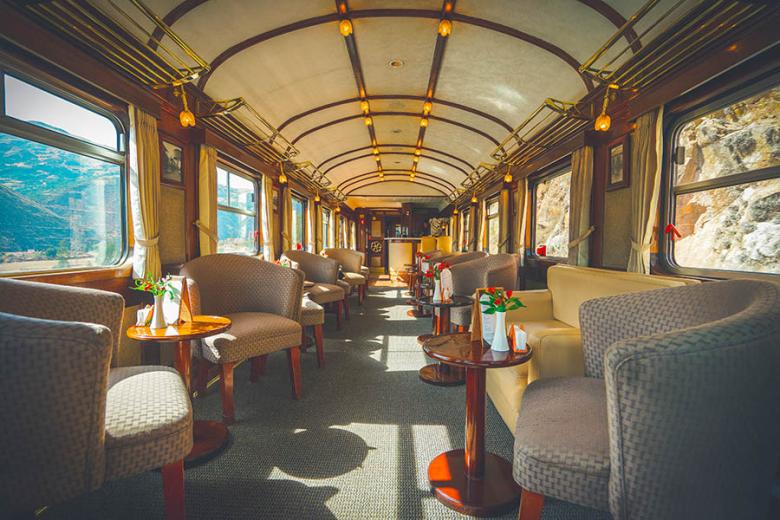
4. Puno and Lake Titicaca
After our day at Machu Picchu, we spent some more time in Cusco before travelling to Puno, by the scenic bus route. If you drove non-stop it would be around 7 hours, but we broke up the journey with a few little stops including Pukara and La Raya – a viewpoint at an altitude of 4,300m where you can buy some local crafts.
Puno is the Peruvian gateway for visiting Lake Titicaca, which straddles the Peru – Bolivia border. It’s a charming little town with lots of good restaurants and plenty of lakeside hotels with great views over the water.
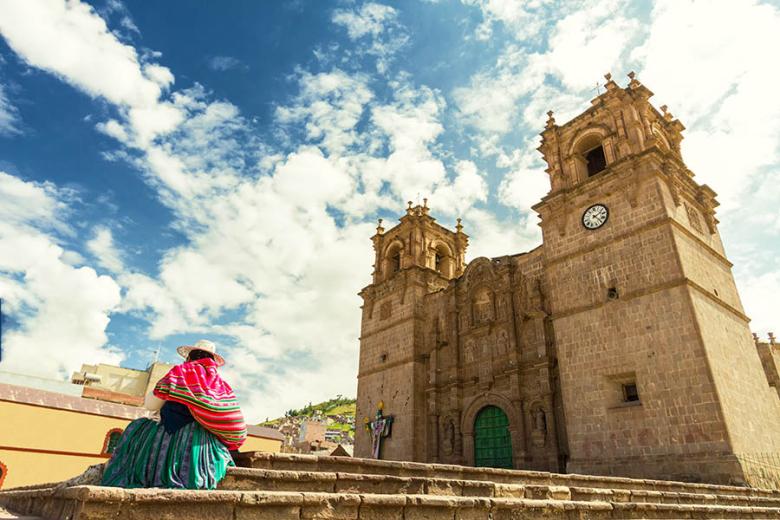
Titilaka Lodge
For a unique experience of Lake Titicaca, I recommend visiting the community of Titilaka and staying at the Titilaka lodge, an extraordinary lodge that’s an hour outside of Puno with wonderful views over the lake.
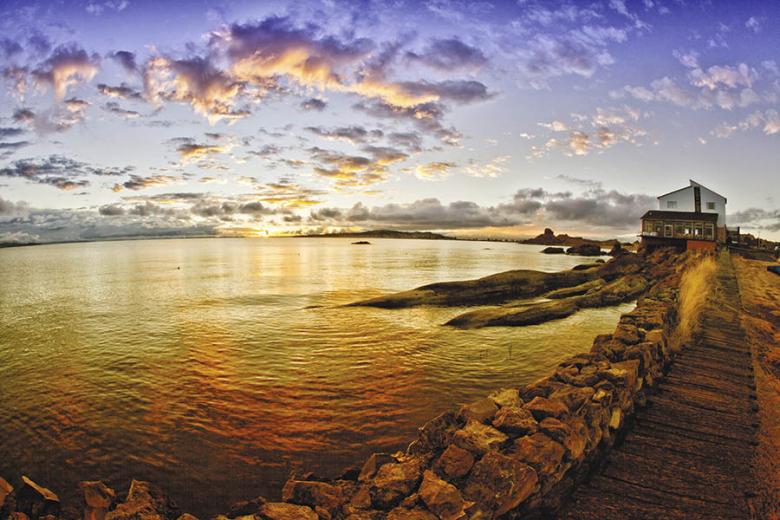
Uros floating islands
Titilaka Lodge operates their own day tips, including to the fascinating Uros floating islands which I found mind-blowing; the locals live on an island solely made from reeds. This visit offers such an interesting insight into traditional daily life on the lake – a life you can only imagine.
Taquile Island
We also visited another island in the middle of the lake – Taquile – which is one of the larger islands and famous for its traditional garment weaving. Here, you can spend the afternoon with a local family learning about their culture and tradition. Again, it was simply amazing to discover and another highlight of my trip.
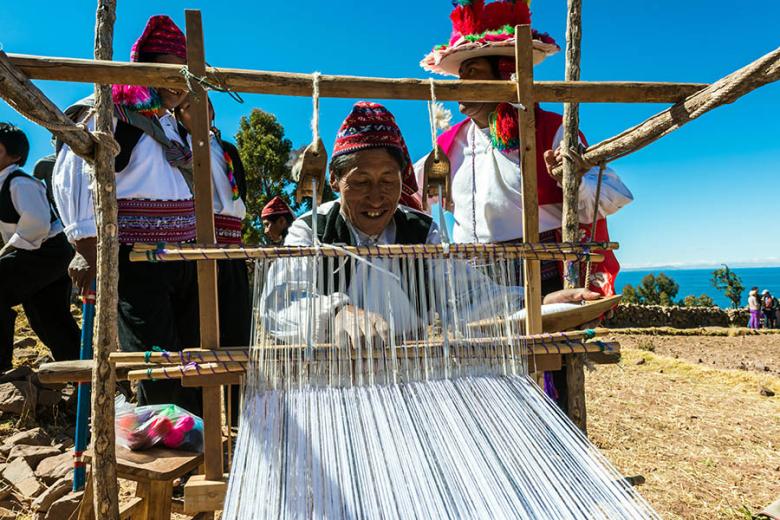
Belmond Andean Explorer
After your time in Puno, if you need to travel back to Cusco, why not take the Belmond Andean Explorer train? This amazing journey will take you back to Cusco in style, along one of the highest routes in the world.
Want to include these Peru highlights on your next trip?
If you like the sound of Peru and you’d like to visit, we can plan every aspect of your trip! We’ll help you find direct or multi-stop flights to Peru, and we have plenty of ideas for a tailor-made Peru holiday, even if you want to combine your time with a visit to Bolivia, Chile, Ecuador or anywhere else. To start planning your amazing South America trip – call our well-travelled experts on 1273 320 580 or request a quote by email.

